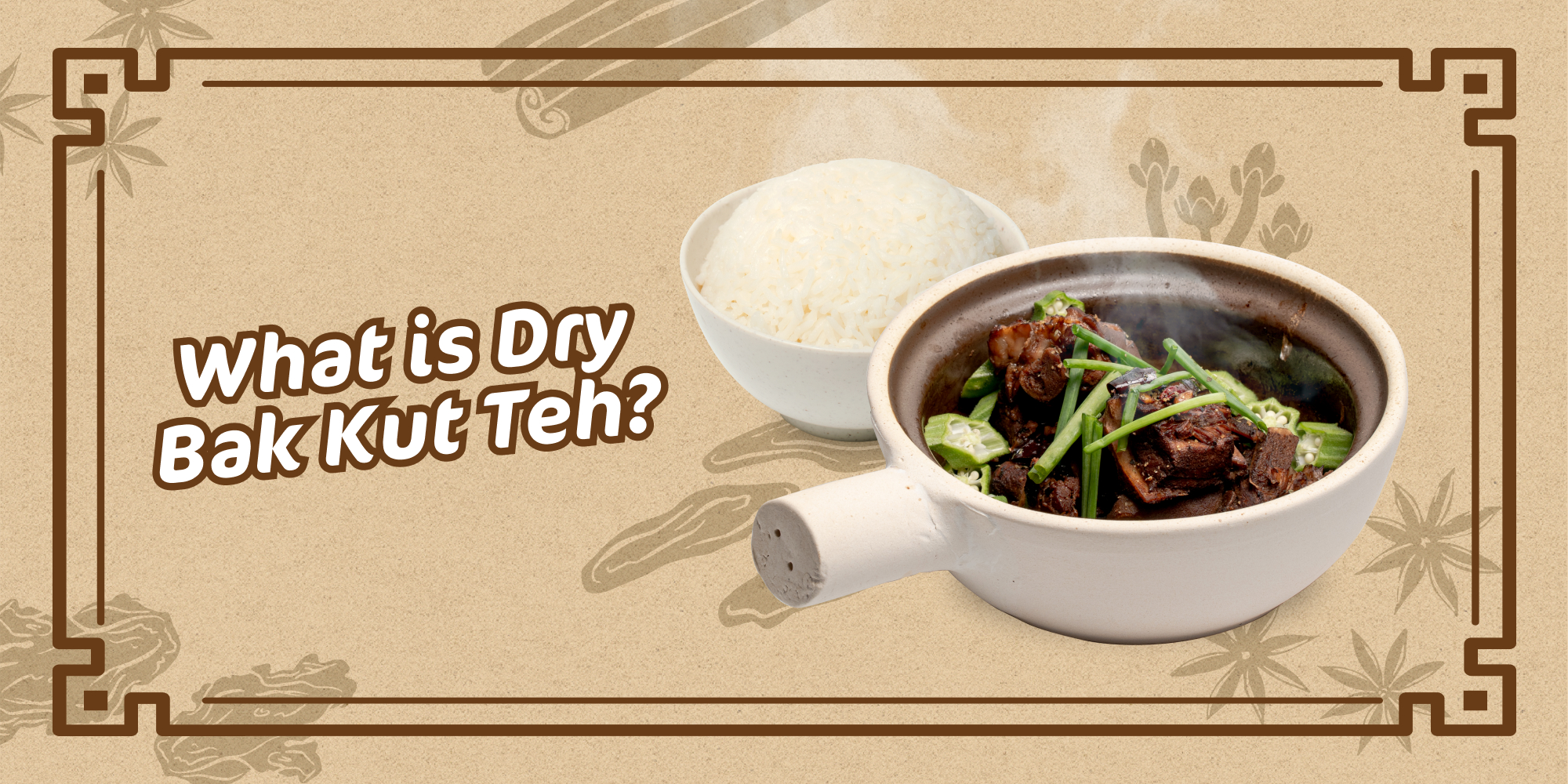When someone suggests having bak kut teh for a hearty lunch or dinner, your first thought would probably be the Teochew style where people are served a clear, garlicky and peppery pork rib soup in a clay pot or bowl. This is the version that’s more commonly found in Singapore. Or if you’re more in the mood for Hokkien or Malaysia-style bak kut teh, then the soup is darker in colour and has a stronger herbal taste.
Origins of bak kut teh
Some people say that bak kut teh came from Malaysia, while others claim it’s a Singaporean dish through and through. Even up to today, we still have no definite proof of its origins. It’s also believed that the famed dish originated from China’s Fujian province and its introduction to Malaysia and Singapore was because of the Hokkien immigrants. Back then, bak kut teh was extremely popular among the Chinese labourers as the dish – laden with many types of medicinal herbs – provided them with plenty of nourishment and energy to prepare them for a long and hard day’s work ahead.
Nowadays, bak kut teh can be found just about anywhere in Singapore and Malaysia and eaten at any time of the day. But that’s for the traditional soup bak kut teh we’re all familiar with. What if we told you that it comes without soup? Yes! Believe it or not, there’s actually a dry form of the classic Singapore and Malaysia dish!
What’s in dry bak kut teh?
Dry bak kut teh started appearing in the 90s where it’s popularity soared (and continues to do so) in Malaysia. There’s no denying that it is steadily becoming a more well-known dish in Singapore. It originates from Klang, otherwise known as the birthplace of the Hokkien style bak kut teh.
So how is it prepared?
The steps to making delicious dry bak kut teh is actually similar to the regular dish. After the pork ribs have simmered long enough in the broth full of rich Chinese herbs and spices to absorb it, it is then stir fried with dark soy sauce and other ingredients such as wolfberries, dried dates, dried chilies and dried squid to provide a sharper and tangier taste. That’s why even though we call it ‘dry’, the broth has actually been thickened as the finishing step is to stir fry all the ingredients together. So it’s more appropriate to call it a stew that’s packed with more umami and flavour.
The thick cuts of pork ribs paired with the rich sauce in dry bak kut teh is apparently often recommended by locals as an excellent cure for hangovers in Malaysia.
A popular local and staple delicacy among the residents of Klang Valley, it’s perfect if you want to indulge in a rich pork rib dish that’s bursting with flavour with each bite. You can also pair it up with our signature dishes like the braised pork trotters, its meatier profile is sure to warm you up and give your meal extra texture, especially during cold and rainy days on our sunny island.
You can enjoy our fragrant dry bak kut teh with either rice, porridge or even mee sua if you feel like you need a little something extra that goes well with the sauce. In fact, you might also want to add on extra youtiao (fried dough stick) to dip into the savoury, thick sauce (because it actually is that good!) to get that extra morsel of umami flavour in your mouth. Or if you’re feeling really hungry, you can also have the herbal bak kut teh Singapore, one bite and you’re instantly taken back to the good ol’ days of yesterday! While digging into your meal, take your time sipping a cup of hot Chinese tea, as it is believed to help wash down the oil and fat from the dish.
So if you’re on the lookout to add a new dish to your list of comfort foods or you’re just feeling bored of regular soup bak kut teh and a bowl of dry bak kut teh is piquing your interest and making your mouth water (Trust us, you’ll definitely want more after your first bite) then head down to Feng Xiang during your next meal! Visit us at our outlets below:
- Fernvale Hawker Centre & CC (nearest MRT station: Sengkang)
- Food Republic @ BreadTalk iHQ (nearest MRT station: Tai Seng)
- Food Republic @ VivoCity (nearest MRT station: HarbourFront)
- Food Republic @ Parkway Parade (nearest MRT station: Dakota)
- Kopitiam @ AMK Hub (nearest MRT station: Ang Mo Kio)
- Kopitiam Food Hall @ JEM (nearest MRT station: Jurong East)
- Kopitiam @ Northpoint City (nearest MRT station: Yishun)
- Lau Pa Sat (nearest MRT station: Downtown)
- Senja Hawker Centre (nearest MRT station: Bukit Panjang)

